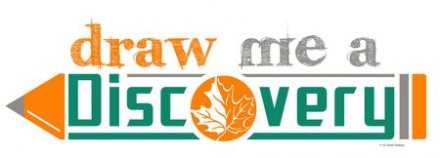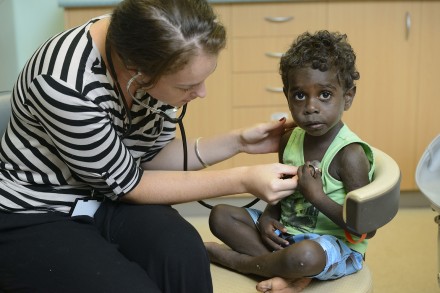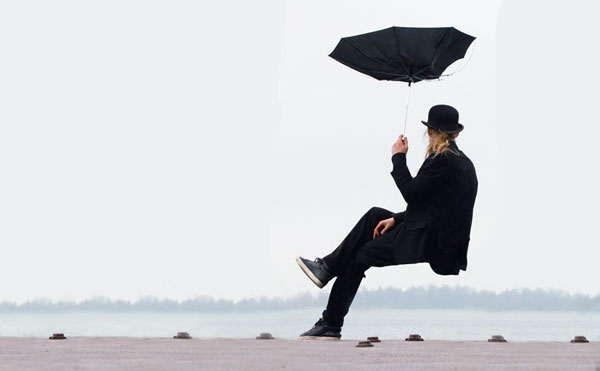This one-night Café Scientifique will dazzle audiences with an array of art and science collaborations at Bleeding Heart. For the price of a glass of wine, anyone can come by and explore exquisite combinations of art and science through inspiring talks and exhibitions. It will entice, inspire and beguile you!
This event will be hosted by a group of UQ Science Communication Students as part of their science communication studies.
Supported by the University of Queensland, Inspiring Australia (QLD) & Australian Science Communicators
BOOK TICKETS – $10 (Includes complimentary drink)
Event Details
Date: Thursday 19 June, 2014
When: 6:30 – 8:30pm
Where: Bleeding Heart Café, 166 Ann Street, Brisbane City
Who: With presentations by Dr Amelia Barikin, Postdoctoral Research Fellow at the University of Queensland, Gary Cranitch, Award winning photographer at the Queensland Museum, Svenja Kratz, Contemporary artist and Allison Holland, Lecturer in Art History at the University of Queensland. Special exhibitions by Renata Busiak, Photographic artist, Luke Hammond, Neuroscience Microscopy Facility Manager at Queensland Brain Institute and Dr Margaret Wegener, Researcher at the University of Queensland.
What: The gallery doors are open and you are invited to explore beautiful, inspiring and emotive collections of artistic science, hear from expert speakers as they take you on a journey through the history and contemporary field of the blend of art and science. Wander from biomedical imagery to biochromes, and physics inspired silversmithing to underwater photography, the realm of imagination is endless. This is a ticketed event but places are limited. Book now so you don’t miss out!
Post any questions to ‘Draw me a Discovery’ on Facebook before the event for your chance to reveal the answer by experts on the night.
Additional Information
‘Draw me a Discovery’ will begin at 6:30pm at the Bleeding Heart Café with awe inspiring exhibitions and scientific music. The Café will be open for alcoholic and non-alcoholic beverages, with a free drink on arrival. The expert presenters will dazzle you from 7:00pm onwards in the Café, with time to ask your burning questions. Amelia will talk about the historical background of art and science collaboration, Allison will share her work in representing science through artistic expression, then Gary will discuss the role of photography in provoking intellectual and emotional responses, and Svenja will explore biotechnological influences on contemporary art. After the discussion there will be drinks to purchase as you mingle with the experts, explore the exhibitions and engage with incredible expressions of science through art. You might not find this much scientific artistic talent in the same room again.
SPEAKERS
Amelia Barikin – Research Fellow
Amelia is a writer and independent curator. Her curatorial projects often incorporate improvised technology with multi-sensory aesthetics, such as the Sound Playground in which experimental sonic sculptures were installed for public interaction. Her publications include Making Worlds: Art and Science Fiction and “Mega Screens for Mega Cities” in Journal Theory Culture and Society. Amelia’s professional interests include contemporary art, science fiction, time and technology, and her current research at UQ is on the intersection of art and science fiction. Amelia will provide an introduction to art:science history and culture.
Gary Cranitch – Nature Photographer
An award-winning nature and environment photographer, Gary’s work has been published in Australian Geographic, Popular Science (USA), New Scientist, and National Geographic online. He was heavily involved in the CReefs project, a systematic study of coral reef biodiversity that helped identify more than a thousand new species and will be used in future reef management decision-making. The CReefs project produced the beautiful book The Great Barrier Reef Discovery Guide (available for purchase at Queensland Museum), for which Gary was the Principal Photographer. Gary will discuss the role of his photography in provoking both intellectual and emotional responses and facilitating the collection and dissemination of scientific information.
Svenja Kratz – Artist
With a PhD in Contemporary Art and Biotechnology, Svenja is a true scientific artist. She has worked in cell and tissue culture at QUT’s Institute of Health and Biomedical Innovation, with whom she has developed several projects that blur, or even eliminate, the line between science and art. In addition to being aesthetically engaging, Svenja’s works demonstrate biotechnological knowledge and practices while also exploring questions of life, death, immortality, ethics, body taboos, and the human drive for understanding and control. Much of her work incorporates biological material, often living, and occasionally even contributes to scientific discovery during the process of its creation. Her latest project, Intersections: The Real and the Imaginary, will be exhibited at Spiro Grace Art Rooms 22nd May – 7 June. Svenja will use her own work to demonstrate transdisciplinary intersections of art and science.
Dr Allison Holland – Lecturer in Art History at University of Queensland.
Allison is an arts academic and curator with a background in paper conservation. Her research focus is on the use of technology in contemporary art, and cross media art. Among her publications is “Innovation, art practice and Japan-Australia cultural exchange during the 1970s and 1980s” in Asia Pacific Journal of Arts and Cultural Management. Allison’s role at UQ includes organising the university’s artists in residence and forming collaborations between artists and scientists. She will talk about the importance of these collaborations, with reference to examples from her experience.
EXHIBITORS
Renata Buziak – Artist
It’s not enough to say that Renata Buziak’s artwork focuses on natural forms and processes. You really have to see it for yourself to understand.
Take, for instance, her project, “Biochromes”. “Biochromes” actively employs the biological process of decomposition to create beautiful and haunting organic photographs.
The artist herself notes that, “Nature’s vegetation offers an endless supply of organic matter for use in my artworks. I create unique images by forming alliances between a variety of plants and photographic emulsions.
“I call these images ‘Biochromes’ because the natural occurrence of de-composition on the photographic materials results in an array of colourful pigmentation arranged in complex and detailed compositions, aided by natures own creative skill.
“While my practice builds on the traditions of botanical illustrations and experimental photographic techniques (achieved by photography pioneers such a W. H. Fox Talbot), my ‘fertilisation’ of photographic materials, using vegetation, directly focuses on the significance of time and change through decomposition, and presents a new and unique perspective into the use of the photographic medium.“
As an artist and PhD candidate, Renata is a fascinating person. Be sure to pop by the Draw me a Discovery event to view some of her work. She will even be on hand to discuss her work.
Margaret Wegener – Physicist & Artist
As a lecturer and First-Year Teaching Director in Physics at the University of Queensland, Dr Margaret Wegener teaches both aspiring physicists and physics service courses; she is interested in the educational problems of contextualising physics, and the transition between school and university.
Her PhD was awarded for laser diagnostics of a Superorbital Expansion Tube, by multiple holographic recordings. As well as holography showing the rupture process of a light diaphragm in an expansion tube, this included holographic interferometry of high-speed gas flows around models, and analysis of the resulting images to yield quantitative information about the gas flow structures.
Margaret says that, “Sometimes physics fascinates just because of aesthetics. It would be the artistic appeal of an experimental image, a beautiful object used in doing physics, a pleasing curve that relates parameters.. Margaret worked with a fellow artist to create original artworks that can be worn as jewellery, or sculpture, by re-purposing physical artefacts.
Luke Hammond – Neuroscience Microscopy Facility Manager at Queensland Brain Institute and Independent Artist/ Designer.
Between his research in biomedical imaging and neuroscience and his works of art incorporating natural forms, Luke is the epitome of the artistic scientist. At the Queensland Brain Institute he employs state-of- the-art technology to develop innovative new imaging techniques. He uses his techniques to contribute to research on the brain function, including sleep, consciousness and neuron activity. It also assists in the study of diseases such as cancer, Alzheimer’s and Schizophrenia. In 2011 Luke won first and second place in QBI’s Art in Neuroscience Competition, and he has also won an Australian RAW Designer Award for his personal artwork. His jewellery and sculpture translate nature and science into objects of wearable art; his latest collection is directly inspired by his experience in neuroscience. Luke will share his images and techniques to demonstrate the use of art in contributing to, as well as communicating about, scientific discoveries.
Gary Cranitch and Svenja Kratz will also have their artwork on display.




